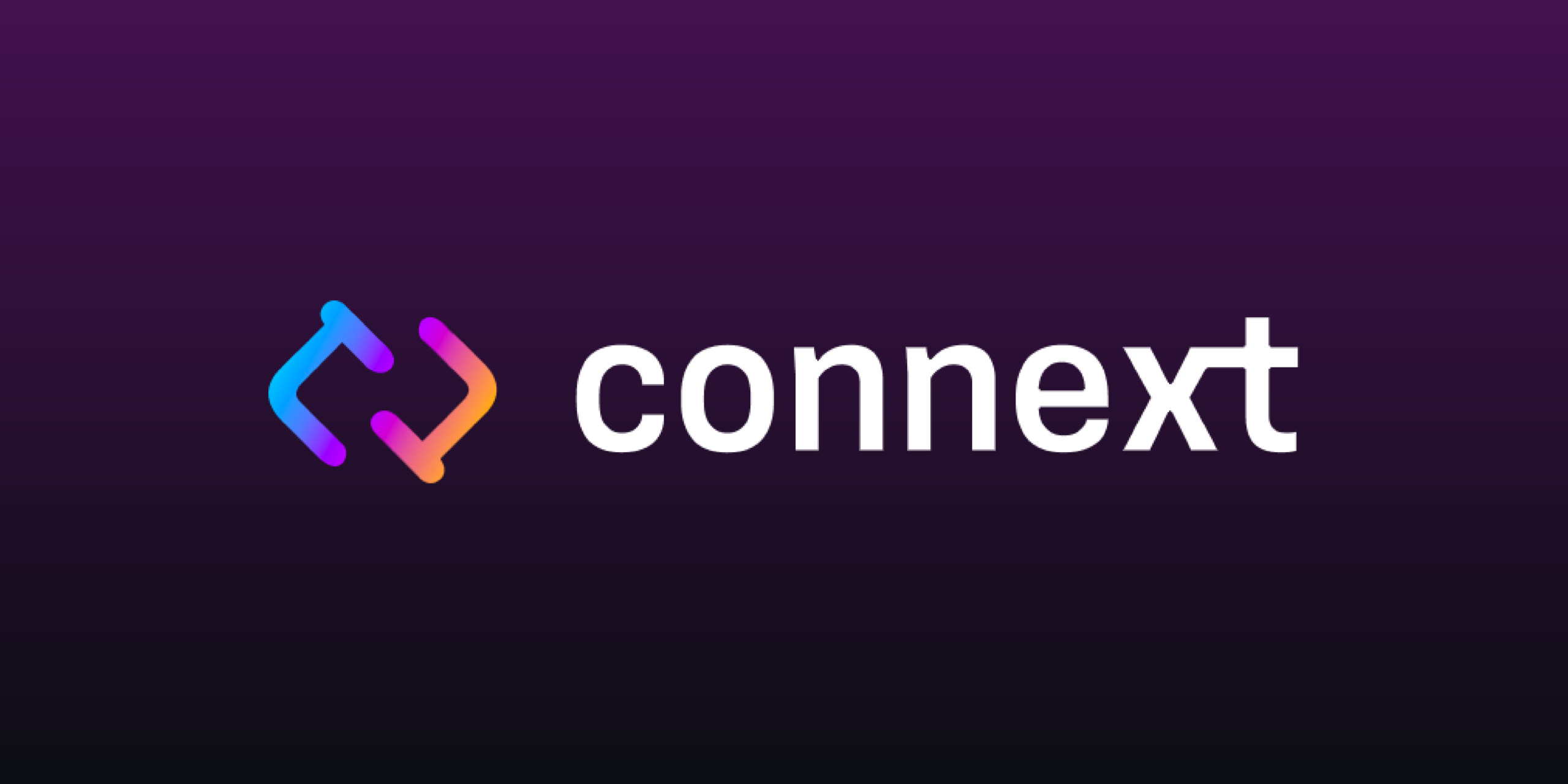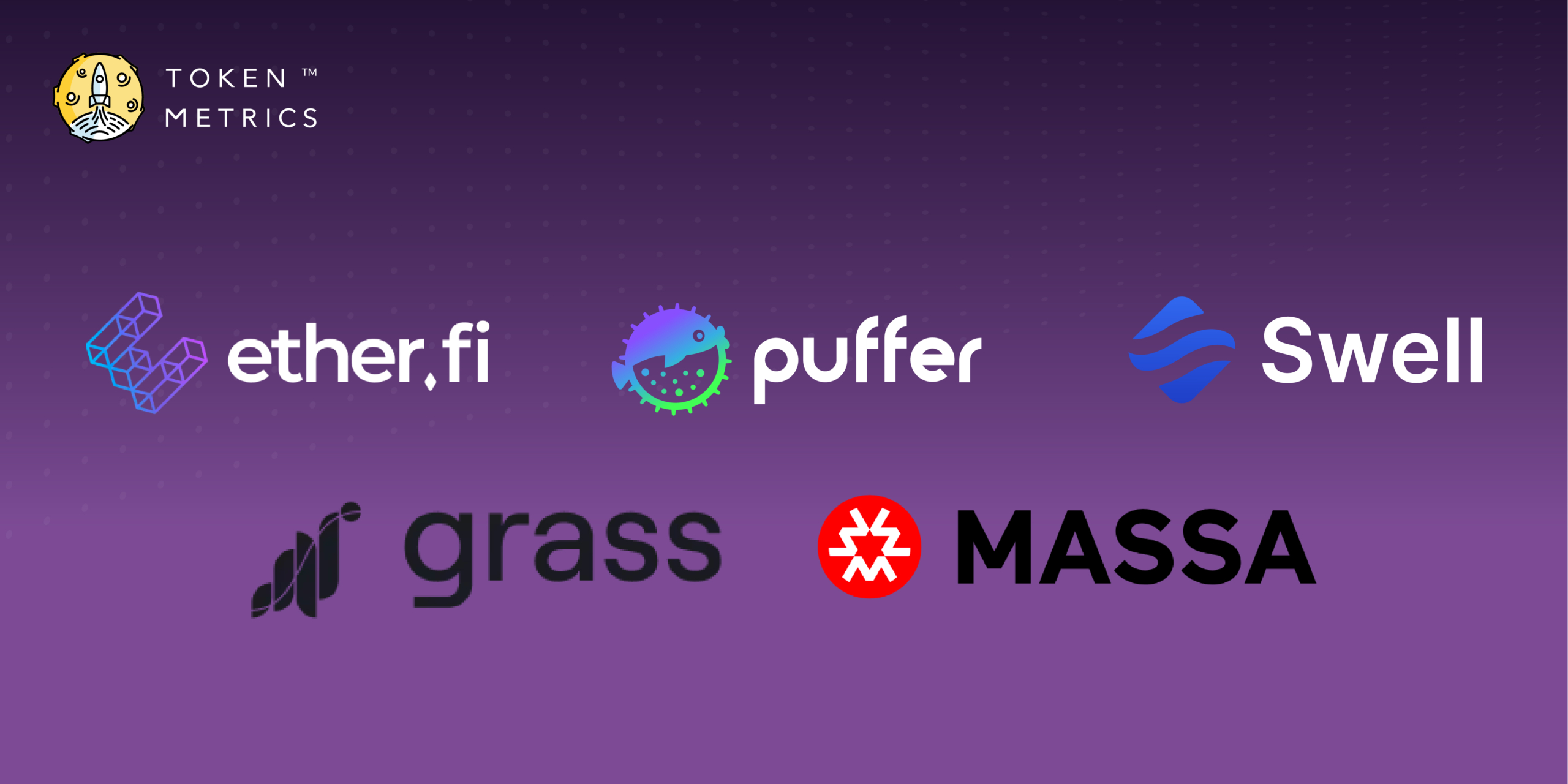Introduction
Connext emerges as a forward-thinking protocol to bridge the gaps between disparate blockchain networks. Its core mission is to facilitate the secure and efficient transfer of funds and data across various blockchain landscapes, thereby empowering developers to create dynamic cross-chain applications (xApps) that interact with multiple blockchains or rollups simultaneously. This review delves into the protocol’s innovative aspects, architectural framework, code quality, roadmap, usability, and team and concludes with an overarching assessment.
Innovation
Connext stands out through its modular design principle, enabling a versatile and secure environment for cross-chain interactions. The protocol’s introduction of a hub-and-spoke architecture not only leverages Ethereum’s robust security model but also integrates established messaging bridges, thus ensuring high security and reliability for transactions across chains.
Architecture
The backbone of Connext is its smart contracts and off-chain agents framework, where smart contracts are responsible for crucial functions such as xcall, asset management, and liquidity provisions. Off-chain agents, including Routers, Sequencers, and Relayers, play pivotal roles in transaction liquidity and execution. This architecture distinguishes between ‘fast path’ and ‘slow path’ transactions, catering to different requirements and ensuring flexibility and security in cross-chain communications.
Code Quality
Connext’s codebase reflects a commitment to high standards, incorporating the Diamond pattern for its smart contracts to enhance modularity and upgradability. This approach, along with the meticulous design of facets like TokenFacet, BridgeFacet, and InboxFacet, underscores a thoughtful construction aimed at future-proofing the protocol and facilitating ease of use for developers.
Product Roadmap
While specific details of Connext’s roadmap were not provided, the protocol’s current capabilities and design suggest a strong foundation for future expansion and integration. The emphasis on modularity, security, and developer-friendly practices indicates a clear pathway for evolving and adapting to the ever-changing blockchain ecosystem.
Usability
Connext prioritizes simplicity in its developer interface, aiming to mimic and extend existing development patterns for easy adoption. The protocol’s xcall primitive exemplifies this approach, allowing asynchronous interactions with contracts on other chains akin to local contract calls. This, coupled with plug-and-play integration with existing tooling, significantly lowers the barrier to entry for developers exploring cross-chain applications.
Connext Team
The review needs more specific insights into the Connext team’s composition and background. However, the innovation, architectural robustness, and strategic partnerships with significant investors like Coinbase, Polychain, and Polygon suggest a team with deep expertise in blockchain technology and a strong vision for the future of cross-chain communications.
Conclusion
Connext represents a significant leap forward in the realm of cross-chain technology. Its modular approach, secure, scalable architecture, and developer-friendly design position it as a key player in facilitating seamless interactions across blockchain networks. While the complexity of its architecture may pose adoption challenges, the protocol’s integration with existing development patterns and its robust security measures mitigate these concerns. As the blockchain landscape continues to evolve, Connext’s adaptability, backed by a solid and active network of off-chain agents, sets a promising stage for its continued growth and contribution to the broader ecosystem.
| Initial Screening | |||
| Keep researching | |||
| Does this project need to use blockchain technology? | Yes | ||
| Can this project be realized? | Yes | ||
| Is there a viable use case for this project? | Yes | ||
| Is the project protected from commonly known attacks? | Yes | ||
| Are there no careless errors in the whitepaper? | Yes | ||
| Project Technology Score | |||
| Description | Scorecard | ||
| Innovation (Out Of 11) | 8 | ||
| How have similar projects performed? | Medium | 1 | |
| Are there too many innovations? | Regular | 2 | |
| Percentage of crypto users that will use the project? | 6%-10% | 3 | |
| Is the project unique? | Yes | 2 | |
| Architecture (Out of 12) | 10 | ||
| Overall feeling after reading whitepaper? | Good | 2 | |
| Resistance to possible attacks? | Medium | 1 | |
| Complexity of the architecture? | Not too complex | 2 | |
| Time taken to understand the architecture? | 20 – 50 min | 1 | |
| Overall feeling about the architecture after deeper research? | Good | 4 | |
| Has the project been hacked ? | No | 0 | |
| Code Quality (out of 15) | 14 | ||
| Is the project open source? | Yes | 2 | |
| Does the project use good code like C,C++, Rust, Erlang, Ruby, etc? | Yes | 2 | |
| Could the project use better programming languages? | No | 0 | |
| Github number of lines? | More than 10K | 1 | |
| Github commits per month? | More than 10 | 2 | |
| What is the quality of the code? | Good | 2 | |
| How well is the code commented? | Outstanding | 1 | |
| Overall quality of the test coverage? | Outstanding | 1 | |
| Overall quality of the maintainability index? | Good | 1 | |
| When Mainnet (out of 5) | 5 | ||
| When does the mainnet come out? | Mainnet Ready | 5 | |
| Usability for Infrastructure Projects (out of 5) | 5 | ||
| Is it easy to use for the end customer? | Yes | 5 | |
| Team (out of 7) | 6 | ||
| Number of active developers? | 5+ | 2 | |
| Developers average Git Background? | Senior | 2 | |
| Developers coding style? | Solid | 2 | |
| Total Score (out of 55) | 48 | ||
| Percentage Score | |||
| Innovation | 14.55% | ||
| Architecture | 18.18% | ||
| Code Quality | 25.45% | ||
| Mainnet | 9.09% | ||
| Usability | 9.09% | ||
| Team | 10.91% | ||
| Total | 87.27% |





